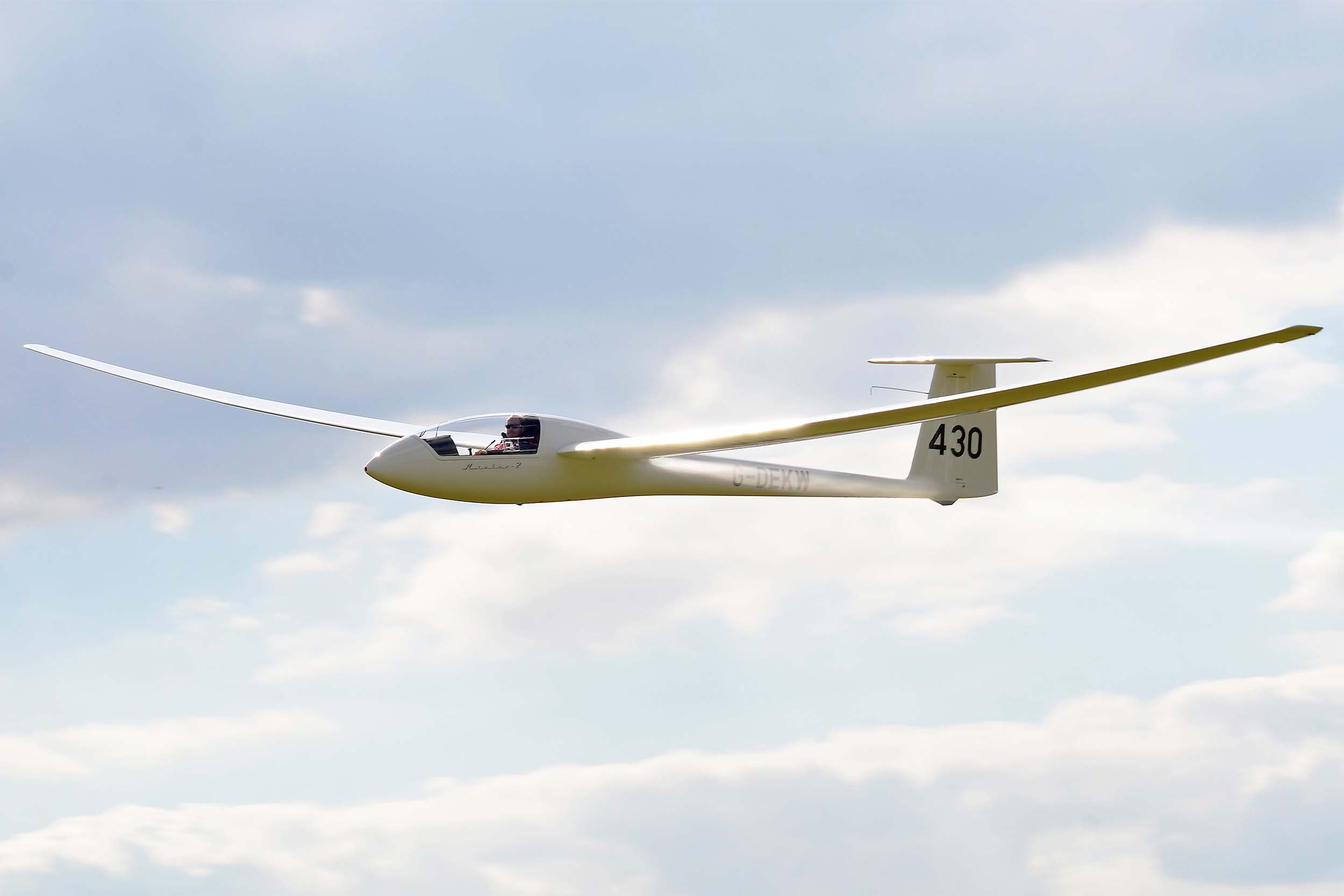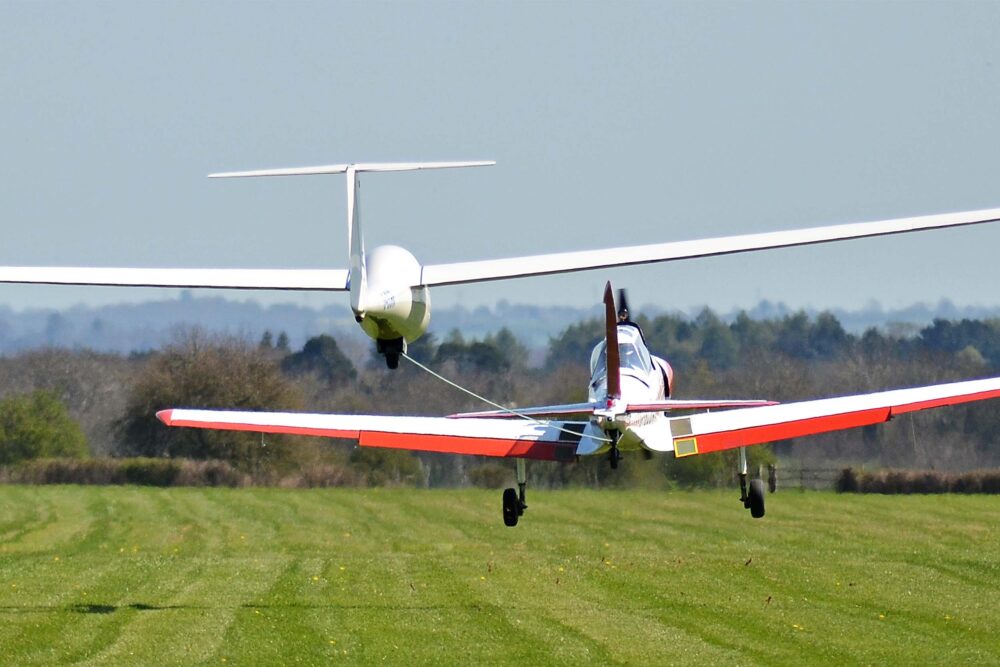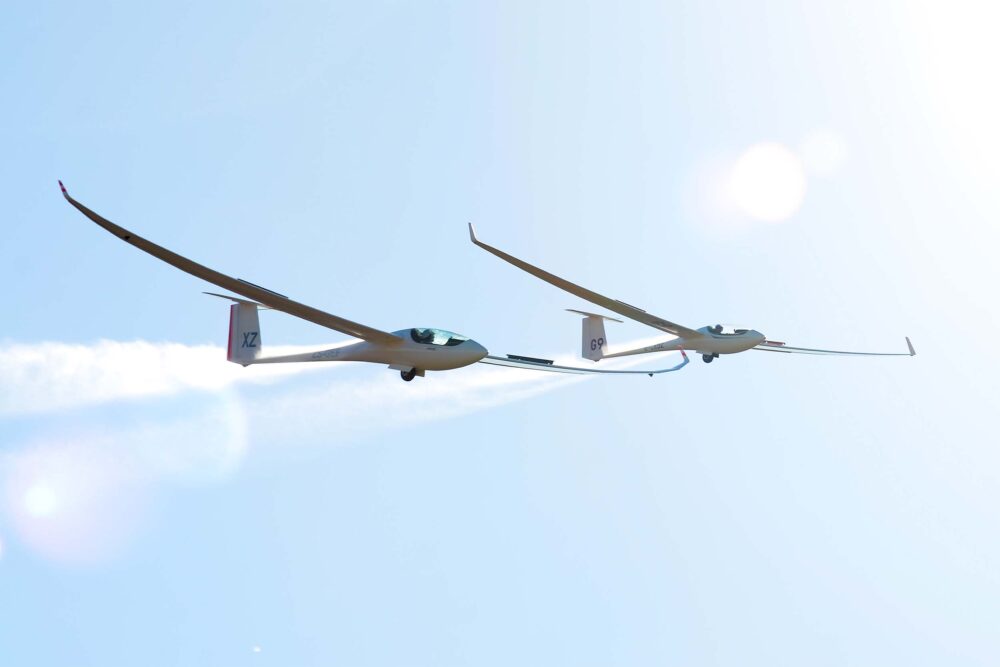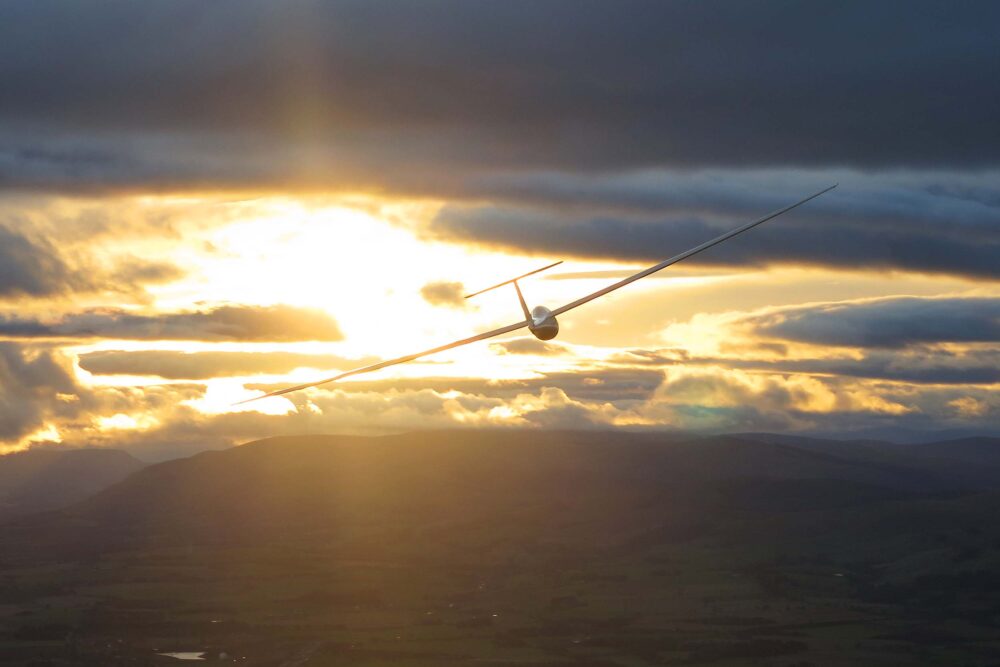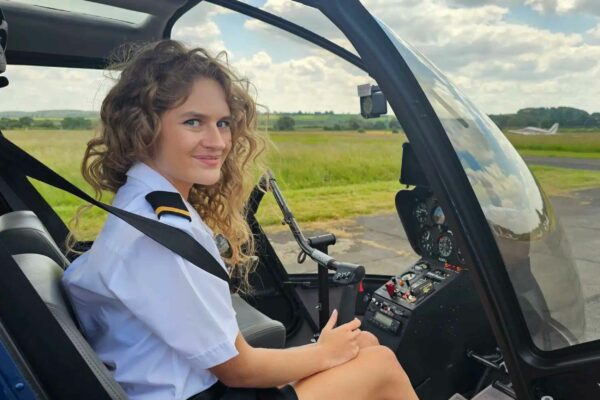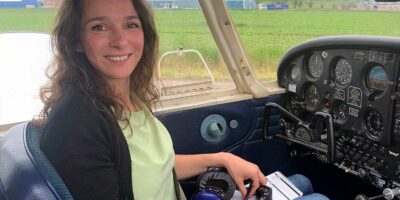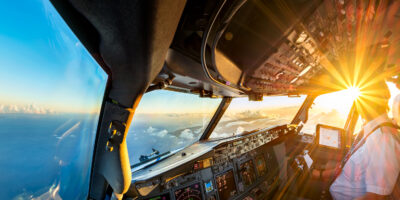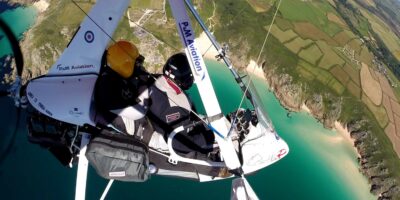The Airbus Perlan project involved a specially built pressurised glider reaching a world record 76,000ft in lee waves over the Andes! The farthest gliding flight of 3,008km was flown in the same part of the world.
With a minimum solo age of 14, the opportunity for having fun and relatively low costs mean that there is a vibrant junior gliding community which organises its own competitions, expeditions and social events.
At the other end of the age spectrum, as long as they can meet fitness levels which are essentially the same as those needed to drive a car, pilots can keep flying into their seventies and eighties.
For many, gliding is a great first step into aviation. Flight Lieutenant James Sainty, the current RAF Typhoon display pilot, started his flying career in gliders. BA senior first officer, B777 trainer, and gliding instructor Andy Perkins notes, ‘gliding teaches you accurate handling, better understanding of weather, and develops the essential pilot competencies of leadership, teamwork, situational awareness and effective communication’.
What is it about gliding that attracts pilots with broader flying experience, including fast jet and airline pilots? Tim Brunskill, a former RAF Lightning pilot, commercial pilot, paraglider pilot and now glider pilot enjoys the challenges, which he describes ‘as similar to those associated with punching holes in the sky in a fast jet, and in many ways more so’!


